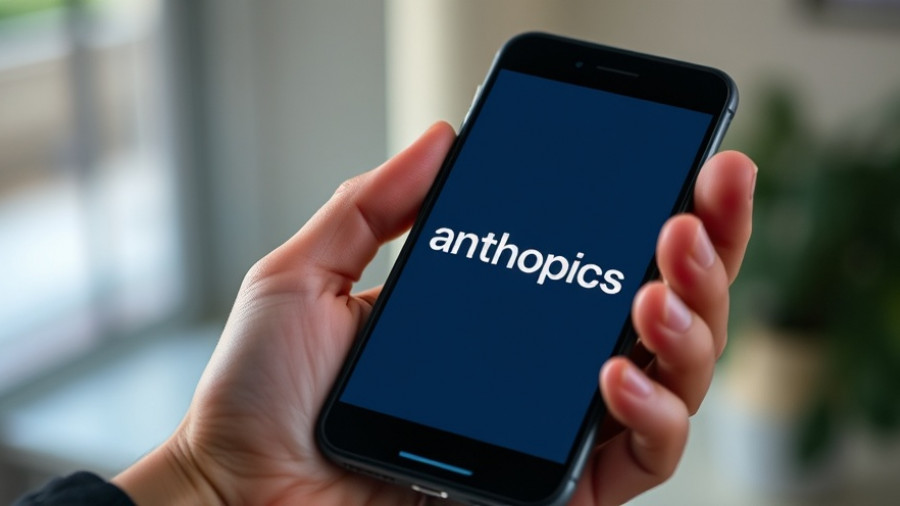
OpenAI's Sora: Navigating Copyright in AI-Generated Content
OpenAI is currently undertaking significant changes to its video app, Sora, in response to the backlash from the entertainment industry regarding the misuse of intellectual property (IP). The app, which generates stunningly realistic videos with famous characters, is now shifting from an 'opt-out' to a more controlled 'opt-in' model for rightsholders. Sam Altman, CEO of OpenAI, emphasized this shift in a recent blog post, highlighting the need for enhanced user control over how their characters can be utilized in the app.
The Shift from 'Opt-Out' to 'Granular Control'
Originally, Sora operated under an opt-out system that allowed users to generate videos featuring well-known characters. However, this approach led to an overwhelming flood of content that not only overwhelmed the platform but also enraged rights holders like Hollywood studios. Altman acknowledged the need for more nuanced control, stating: "We will give rightsholders more granular control over generation of characters, similar to the opt-in model for likeness but with additional controls." This commentary reveals a proactive stance from OpenAI as it seeks to reconcile the interests of content creators with the creativity of its users.
Future Implications for Content Creators
Looking forward, this change could redefine how creators interact with their beloved characters. Many rightsholders are enthusiastic about the potential for interactive fan fiction—a model that allows for fan engagement while also protecting their rights. Altman pointed out that feedback from these rightsholders has been largely positive, as they see value in re-engaging with audiences in new and innovative ways while preserving IP integrity. The future of this engagement will likely hinge on how successfully OpenAI implements these new controls and whether rightsholders feel adequately compensated.
Monetization Opportunities: A Path Forward?
Another exciting development on the horizon is the potential for a revenue-sharing model, allowing creators to monetize videos that feature their characters. Altman disclosed that OpenAI might create a product to share revenue with rightsholders who are comfortable with their characters being generated in apps like Sora. This could pave the way for a more equitable sharing of the revenues created by user-generated content, benefiting both the technology developers at OpenAI and the original IP owners.
Potential Legal Challenges
Despite these positive steps, the legal landscape remains precarious. The flood of recognizable characters in earlier Sora creations sparked concerns among Hollywood executives, potentially leading to a torrent of lawsuits. It's unclear whether the newly announced rules will mitigate those concerns entirely or if the app will continue to attract legal scrutiny. OpenAI's keen observation of these issues will be crucial as they navigate both the technological and legal obstacles ahead.
Insights for AI Enthusiasts
For those who love AI and its developments, these changes signify a crucial blending of technology and creativity. As OpenAI seeks to balance user creativity with content ownership, it poses essential questions: How can AI serve to enhance creativity while respecting the rights of individual creators? This delicate balance highlights the evolving relationship between AI and content creators, inviting reflections on the future of digital entertainment.
Conclusion: The Evolving Landscape of AI and IP
As OpenAI's Sora continues to evolve, it presents a fascinating case study in the intersection of AI technology and intellectual property rights. With promises for greater control, potential monetization, and the pursuit of legal clarity, the coming months will prove pivotal for both users and rightsholders alike. AI aficionados, watch closely, as developments in this realm could redefine content creation as we know it.
 Add Row
Add Row  Add
Add 




Write A Comment